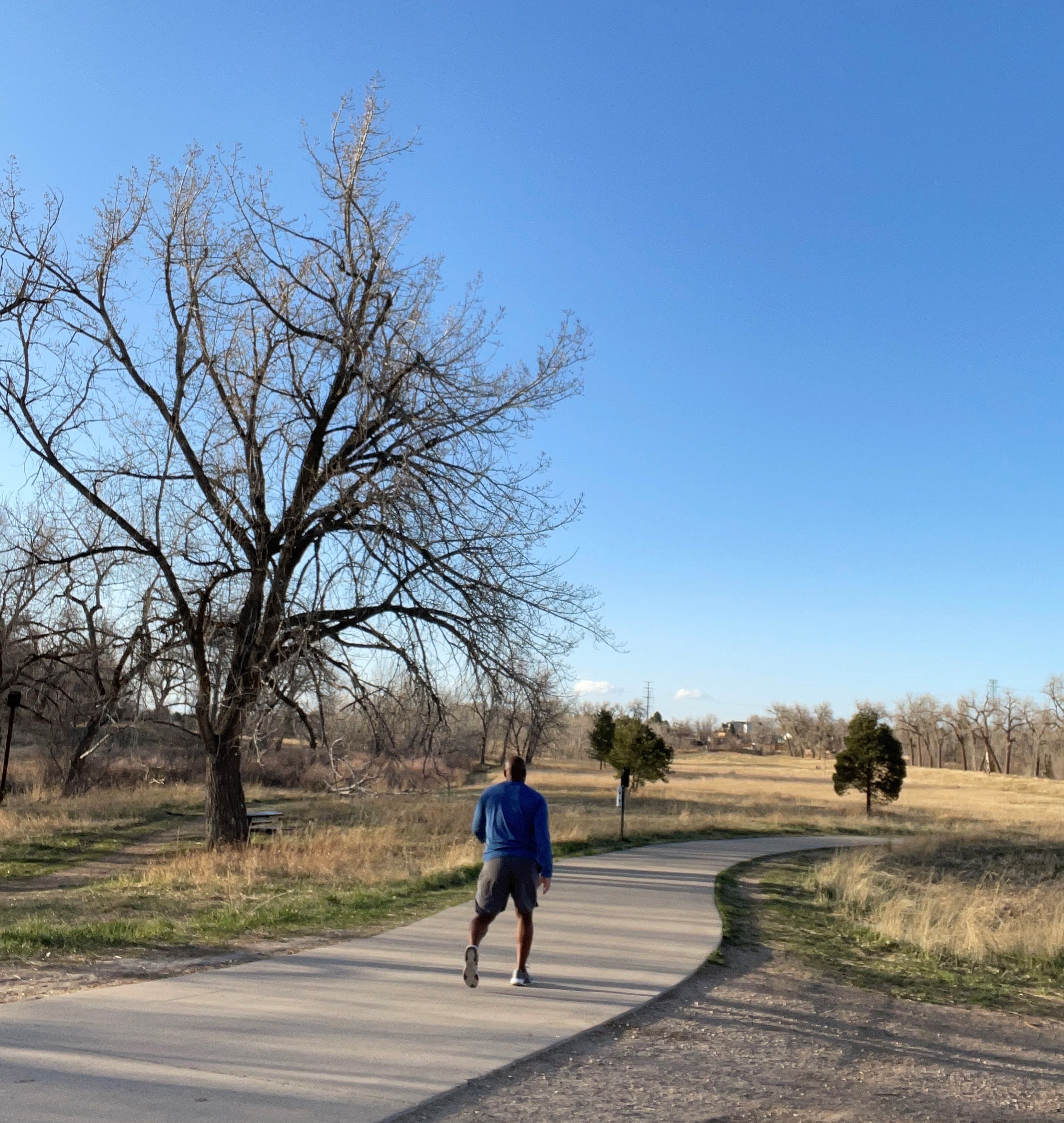
Why You Should You Go for a Walk After a Meal

We all know exercise is associated with countless health benefits. The positive effects of exercise on your health have been proven time and time again. Walking has become a growing fitness trend that has potential to produce various health benefits. As we move into the warm seasons of the year, it’s a great time to realize some of walking’s many benefits so let’s dive deeper into this fitness trend!
Potential Benefits
Benefit #1: Going for a walk after eating may improve digestion. Movement can promote stimulation of the stomach and intestines. Stimulation of the stomach and intestines results in food moving through more rapidly. There is also speculation that light to moderate activity after eating helps protect the GI (gastrointestinal) tract. This ever-growing trend has also been shown to help prevent diseases like peptic ulcers, heartburn, IBS, and diverticular disease (a disease of the colon).
- May help manage blood sugar levels
Benefit #2: Walking after eating is improved blood sugar levels. While it may be most beneficial for people with type 1 or type 2 diabetes, it helps prevent excessive spikes in blood sugar for everyone. Minimizing excessive spikes in blood sugar will ultimately help regulate insulin and could help reduce medications required. A study done in 2016 found that in people with type 2 diabetes, a light walk for 10 minutes after each meal was more beneficial than walking for 30 minutes at any one time for blood sugar management.
While post-meal exercise is particularly impactful for those with diabetes, others can benefit from its blood-sugar-lowering effects as well. Numerous studies suggest several small bouts of exercise throughout the day may be superior to one continuous bout of exercise for lowering blood triglycerides, which is a risk factor for heart disease.
- May promote weight loss
Fun Fitness Fact
Benefit #3: Walking after eating may promote weight loss. For decades, physical activity has been linked to heart health & overall good health. The ACSM and CDC both recommend 30 minutes of moderate-intensity aerobic exercise at least 5x per week. By simply mixing in a 10-minute brisk walk after every meal, you will easily meet that recommendation! If you have a weight loss goal, these 10-minute walks become even more beneficial in increasing your total daily energy (calorie) expenditure! To promote weight loss, you must be in a calorie deficit, meaning that you burn more calories than you take in.
- May help complimenting building muscle mass
Benefit #4: Walking after you eat may help build muscle mass. If you are trying to build muscle mass, walking is a great way to compliment your lifting efforts without sabotaging your gains. Chances are, if you are regularly incorporating lifting into your fitness routine, you are also creating a positive caloric balance (consuming more calories than you are expending.) If so, your body will naturally go through a hypertrophy training phase. Hypertrophy training is weight training designed to increase muscle tone, increase muscle size increase fat-free mass (also known as lean body mass) and typically results in a decrease in percent body fat. Getting a 10-minute walk in after a meal can reduce the possibility of developing body fat during this phase, thereby increasing retention of the muscle mass you worked so hard to build during your training sessions.
- May help regulate blood pressure
Benefit #5: Walking after you eat may help regulate your blood pressure. Almost half of adults in the U.S. have high blood pressure (which is known as hypertension). Several studies have drawn an association with 3 daily 10-minute walks and reduced blood pressure levels. Even better, multiple 10-minute walks throughout the day appears to be more beneficial for lowering BP than one continuous session. Another study in sedentary individuals found that starting a walking program can reduce systolic blood pressure by as much as 13%. Based on current data, participating in walks after meals might have a potent blood-pressure-lowering effect. Walking after a meal might be the easiest, cost-efficient way to manage blood pressure while reaping the other benefits we discussed.
Take-aways
There are several benefits to walking after meals. Improved digestion, improved heart health, blood sugar regulation, complimenting your weight loss efforts, regulated blood pressure, and complimenting your weight training are all benefits you should walk into…after a meal!
Sign up for our In The Lab newsletter to get more training tips, program offers, and a wealth of information on how to “Go Beyond Your Limits”!